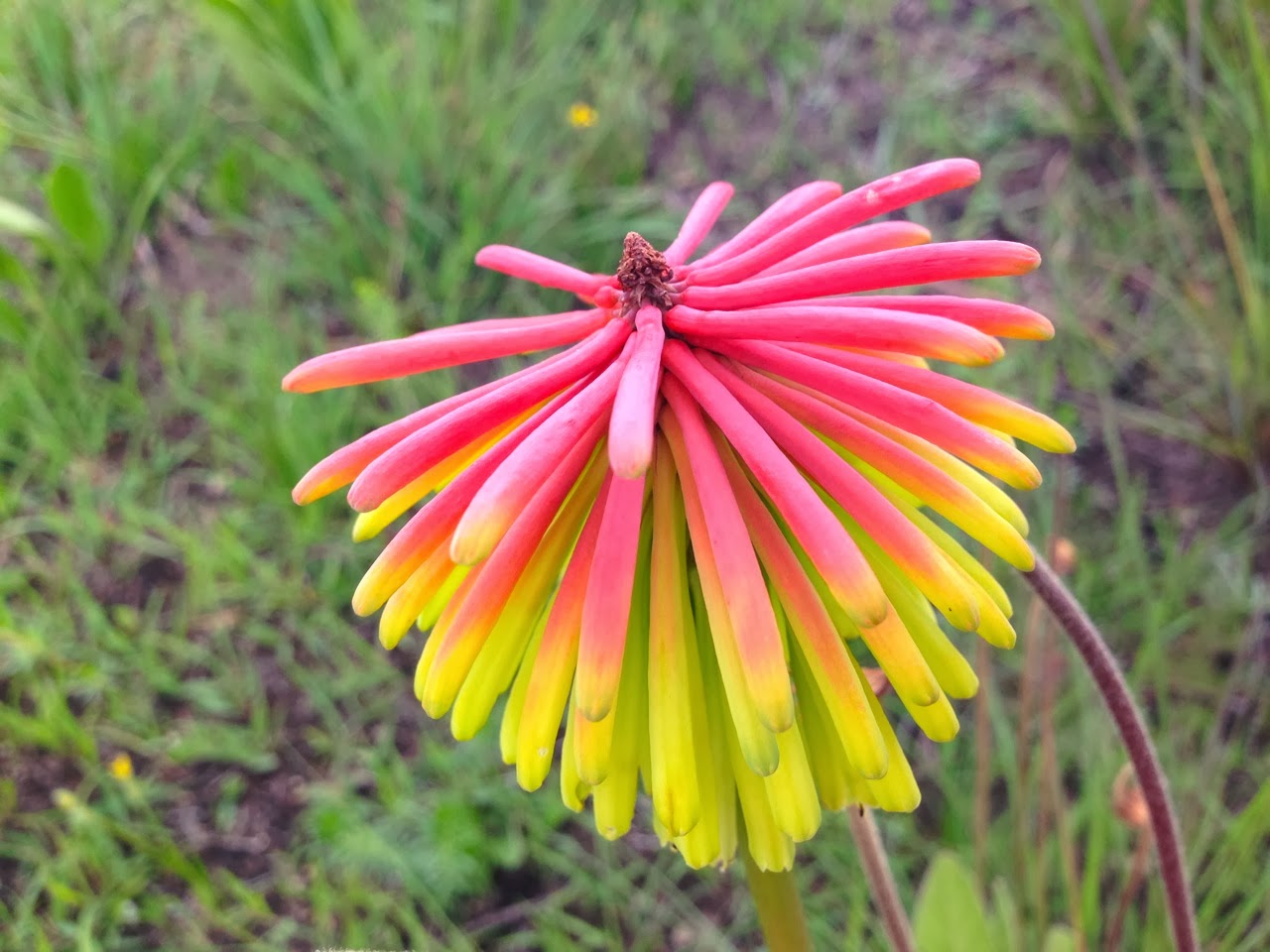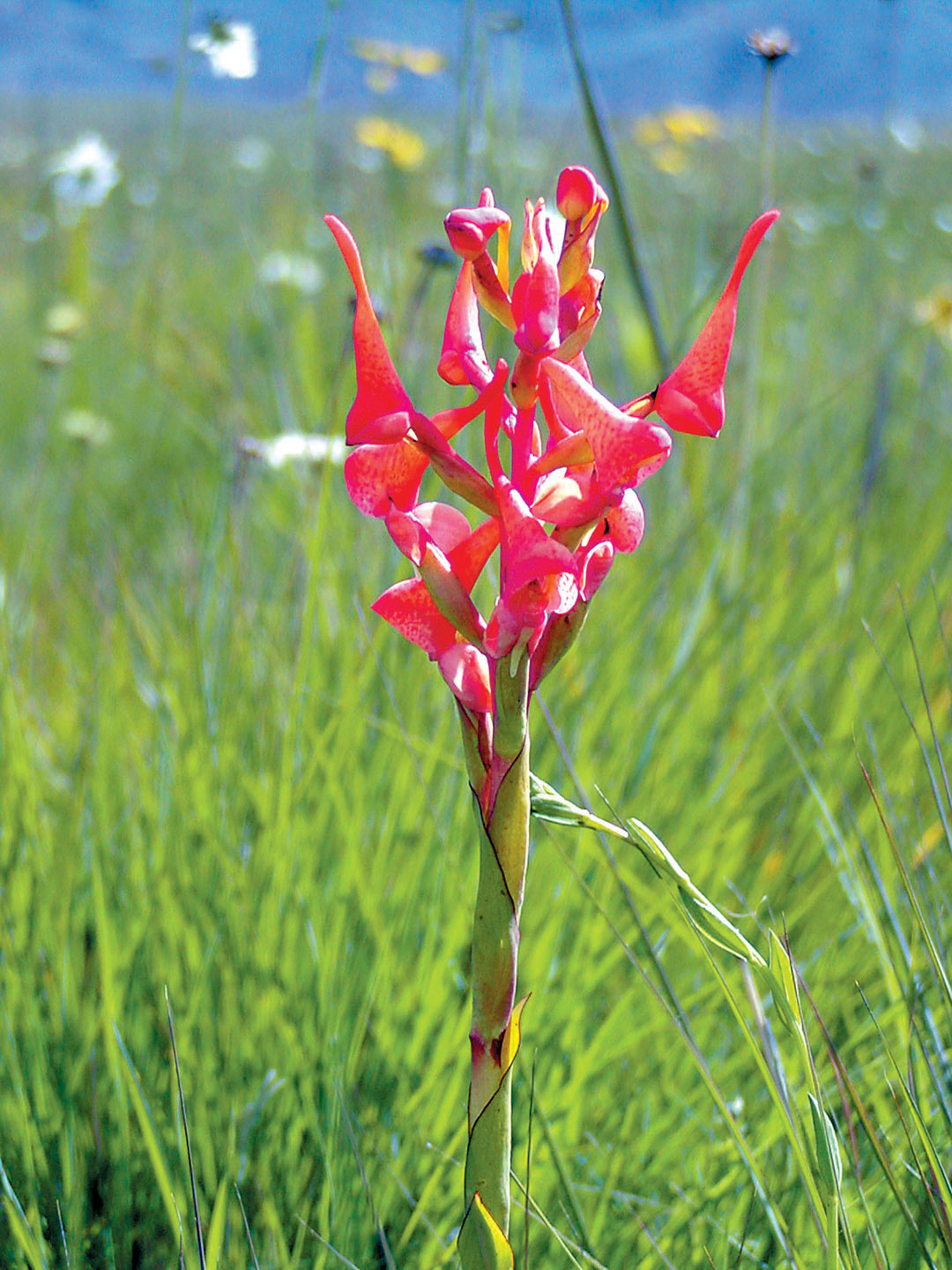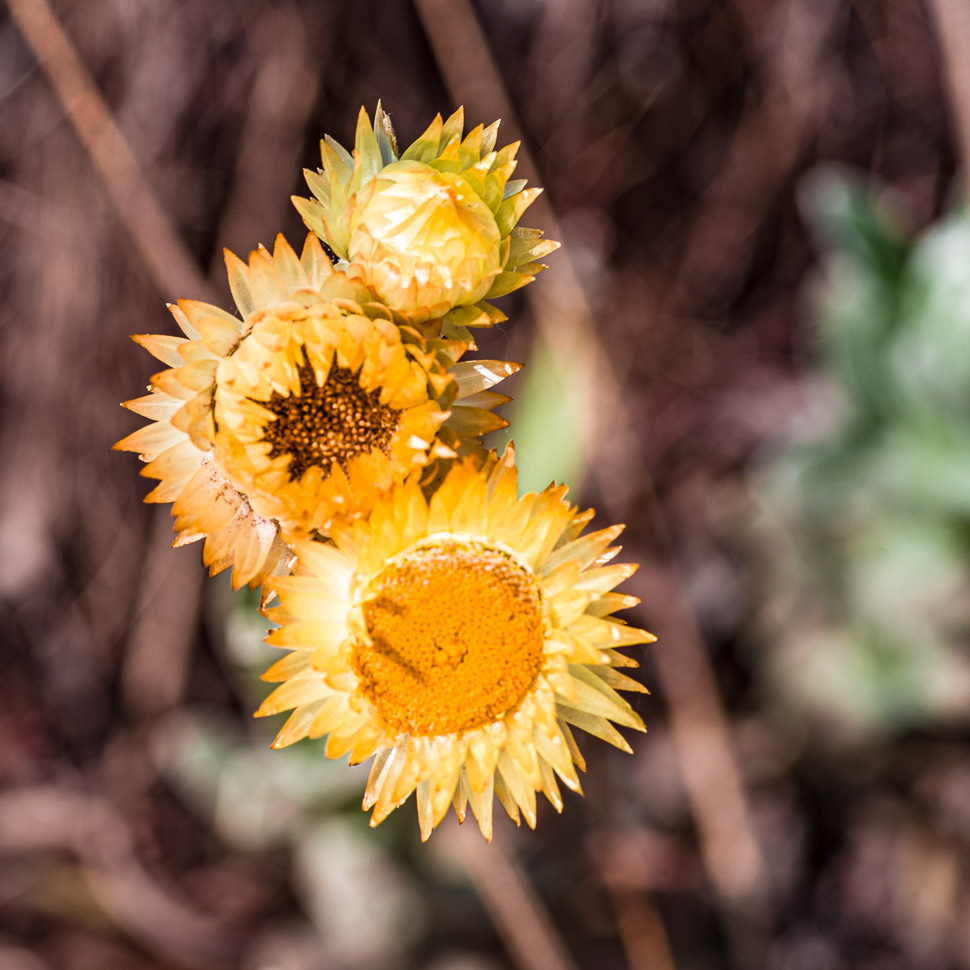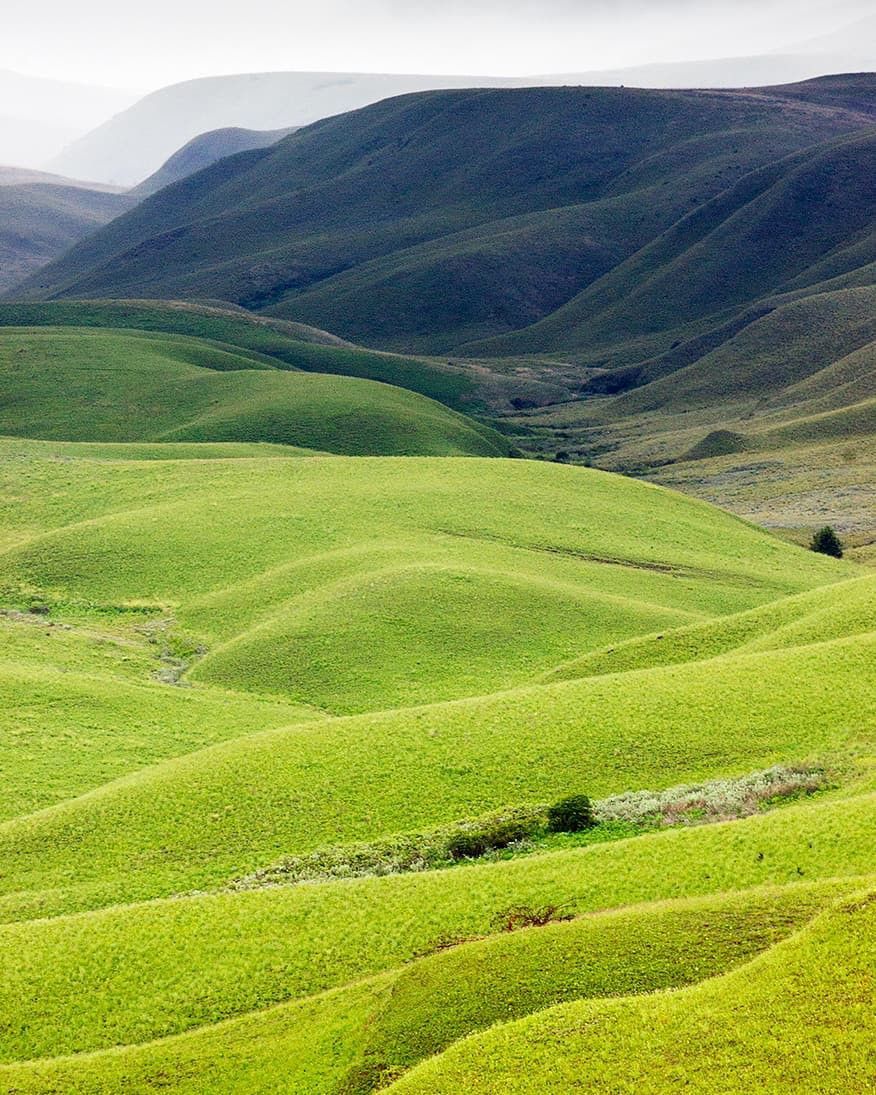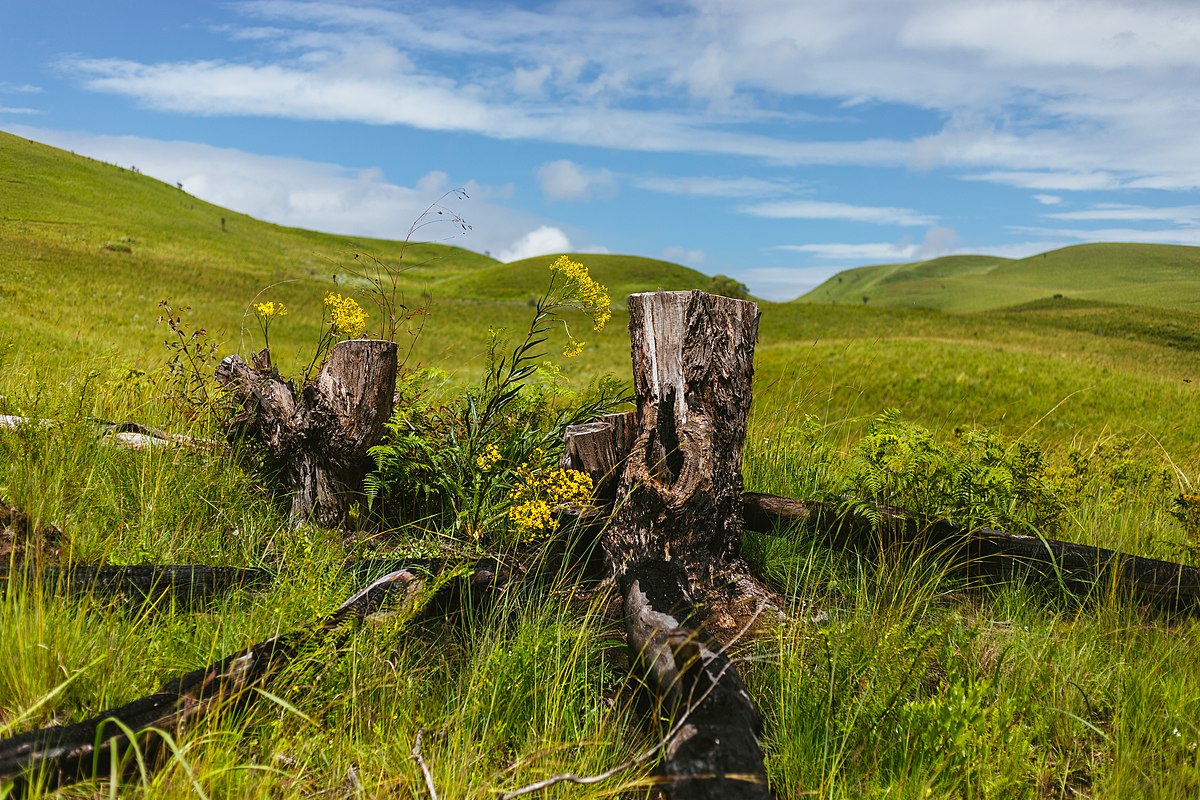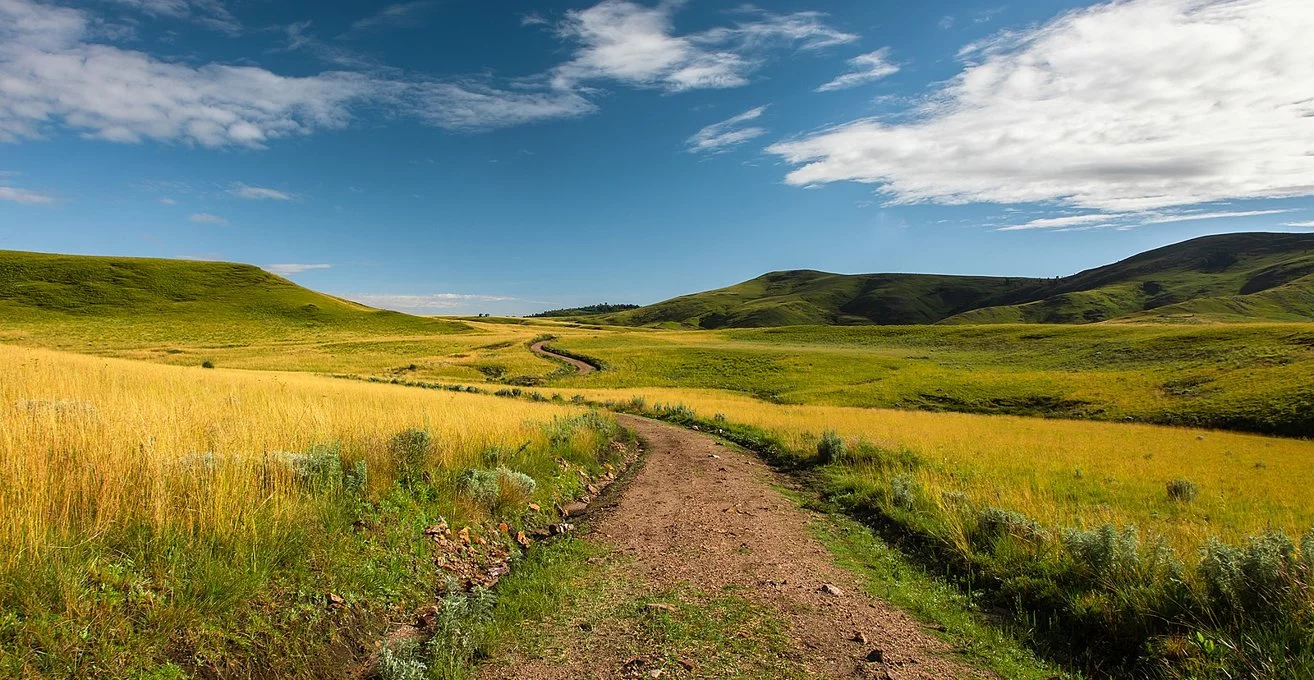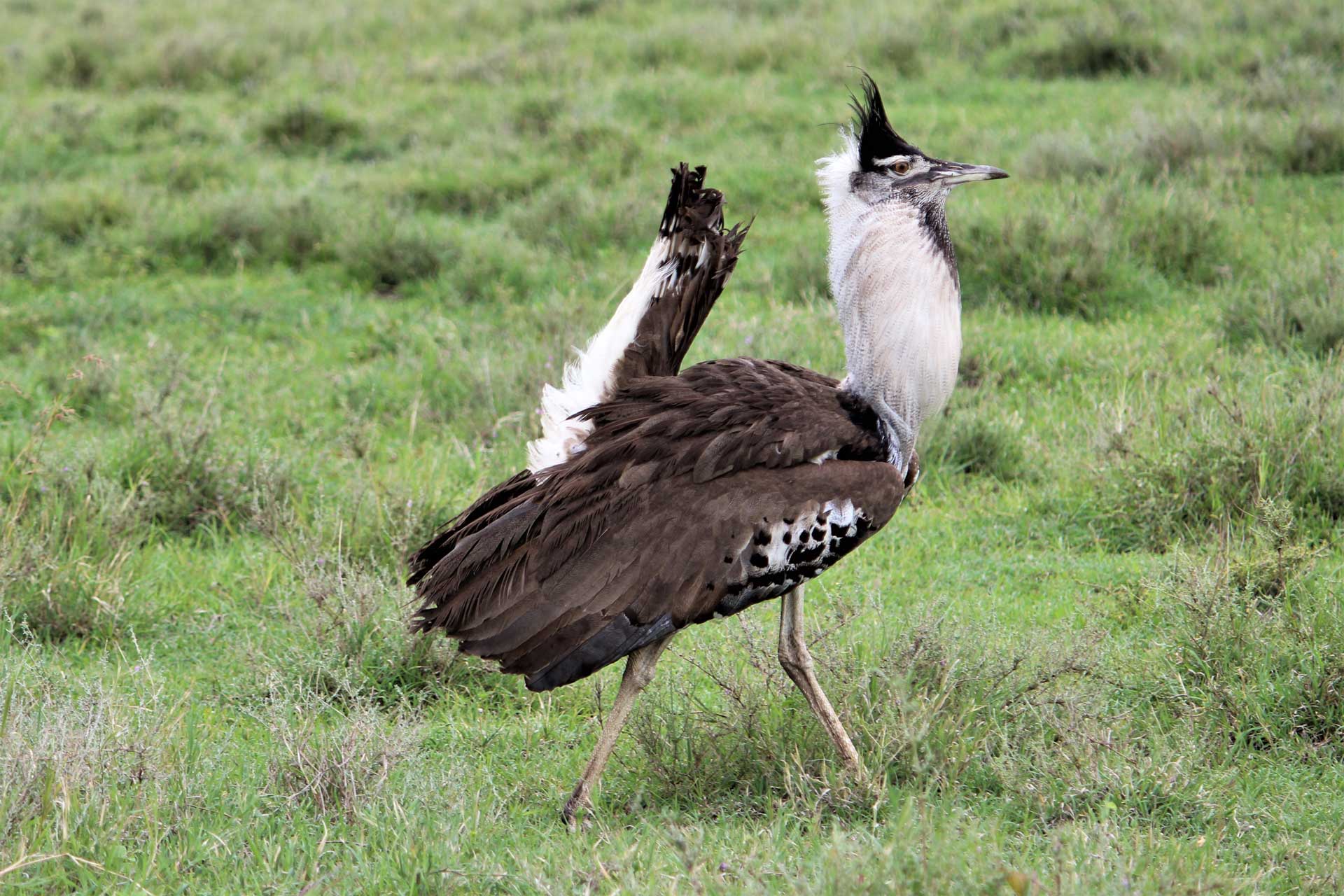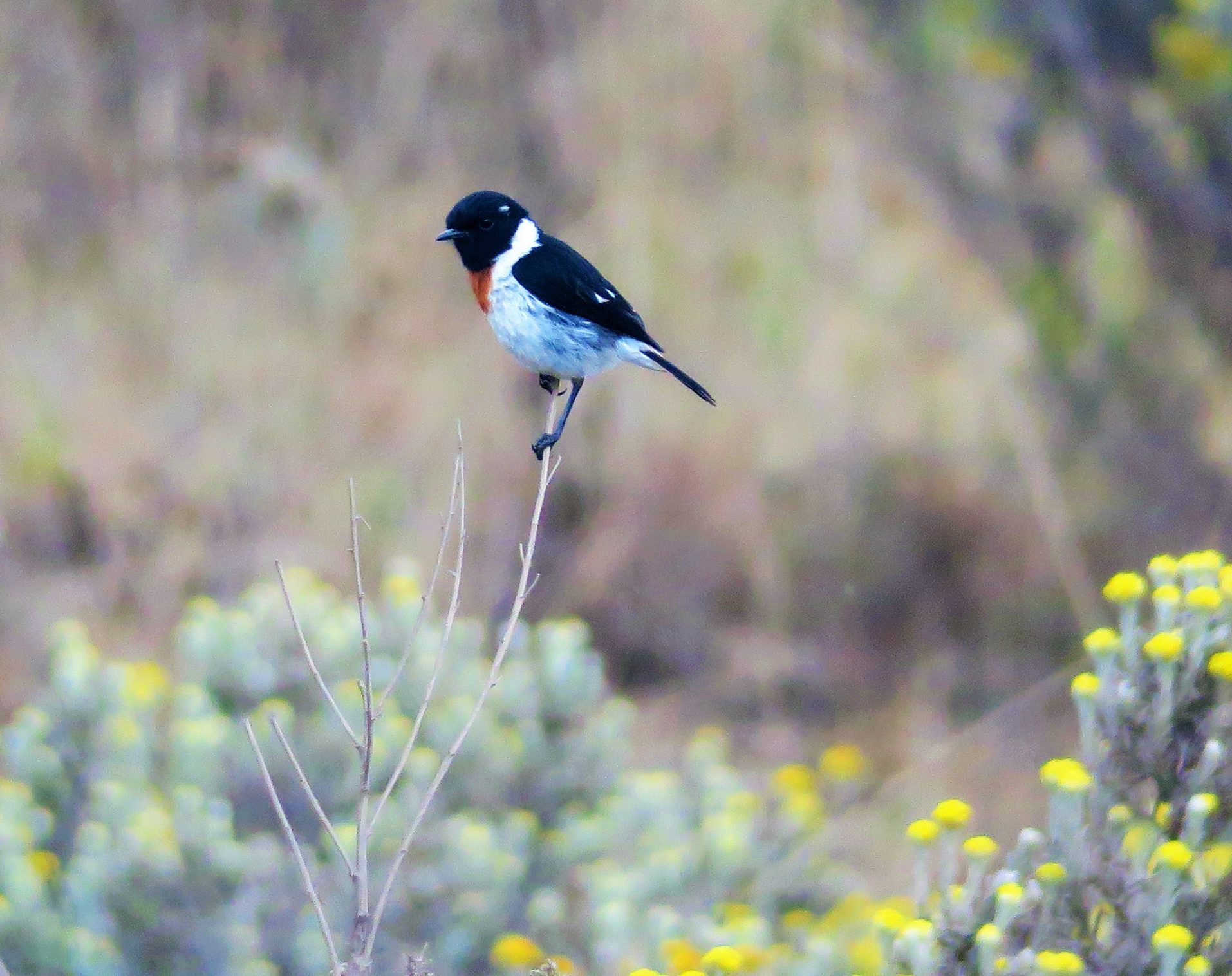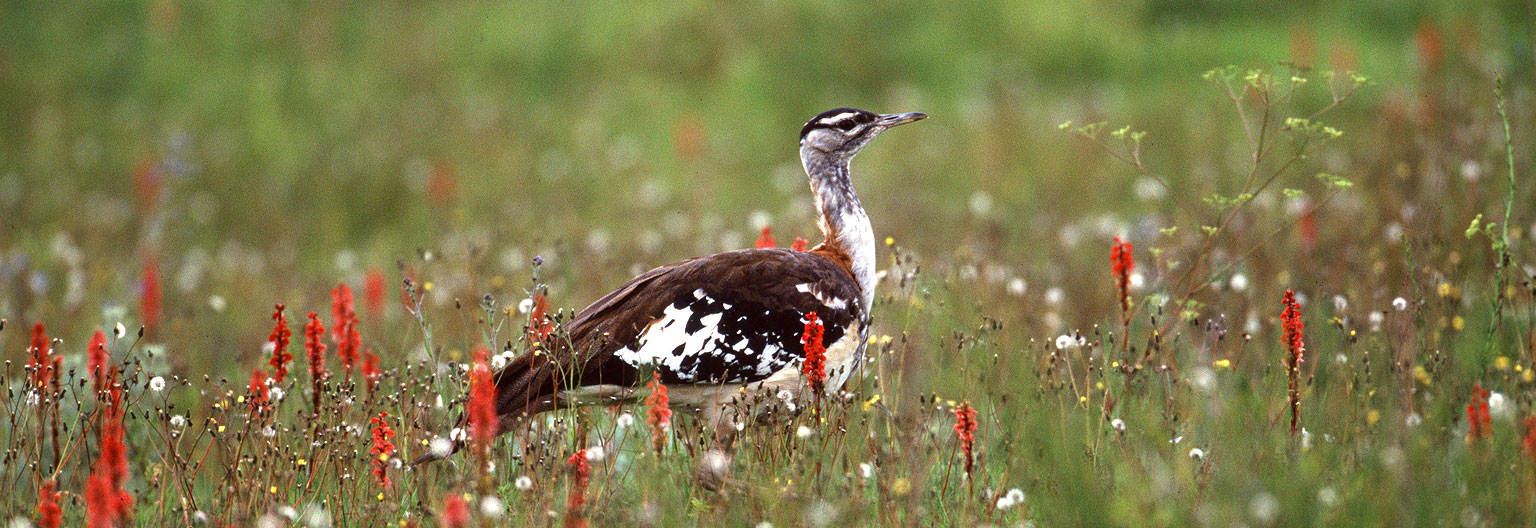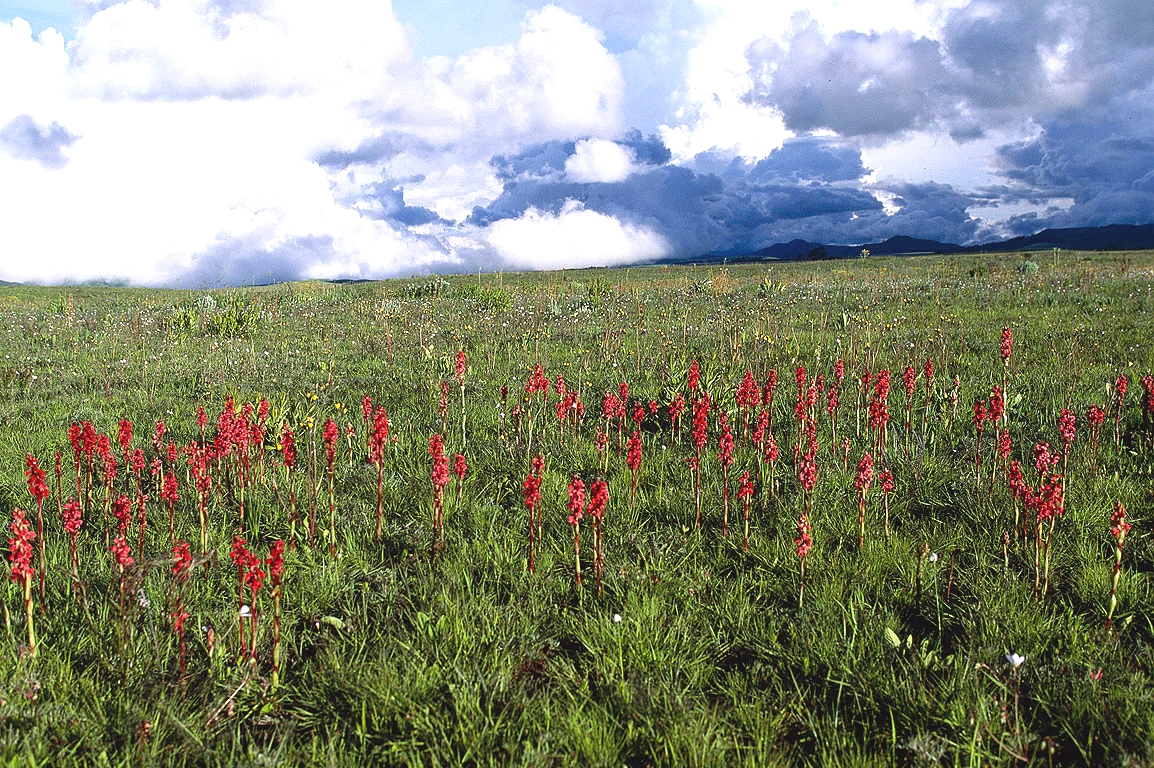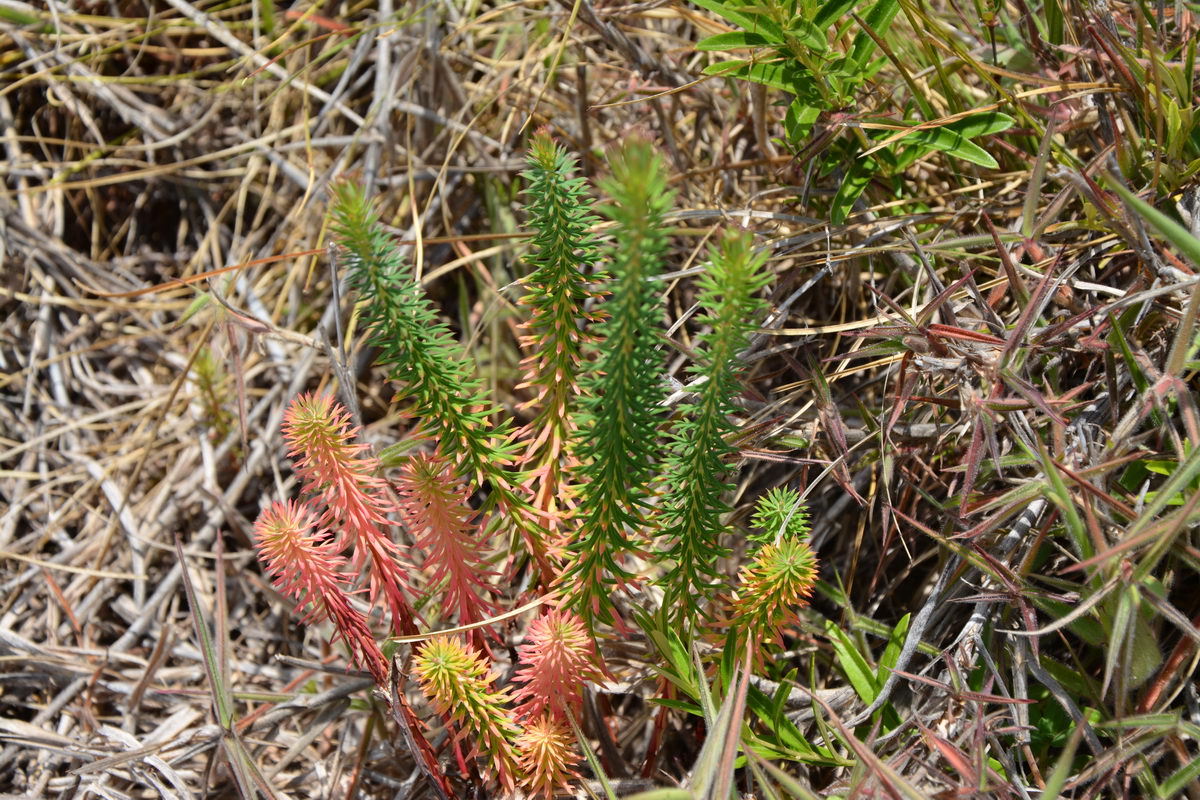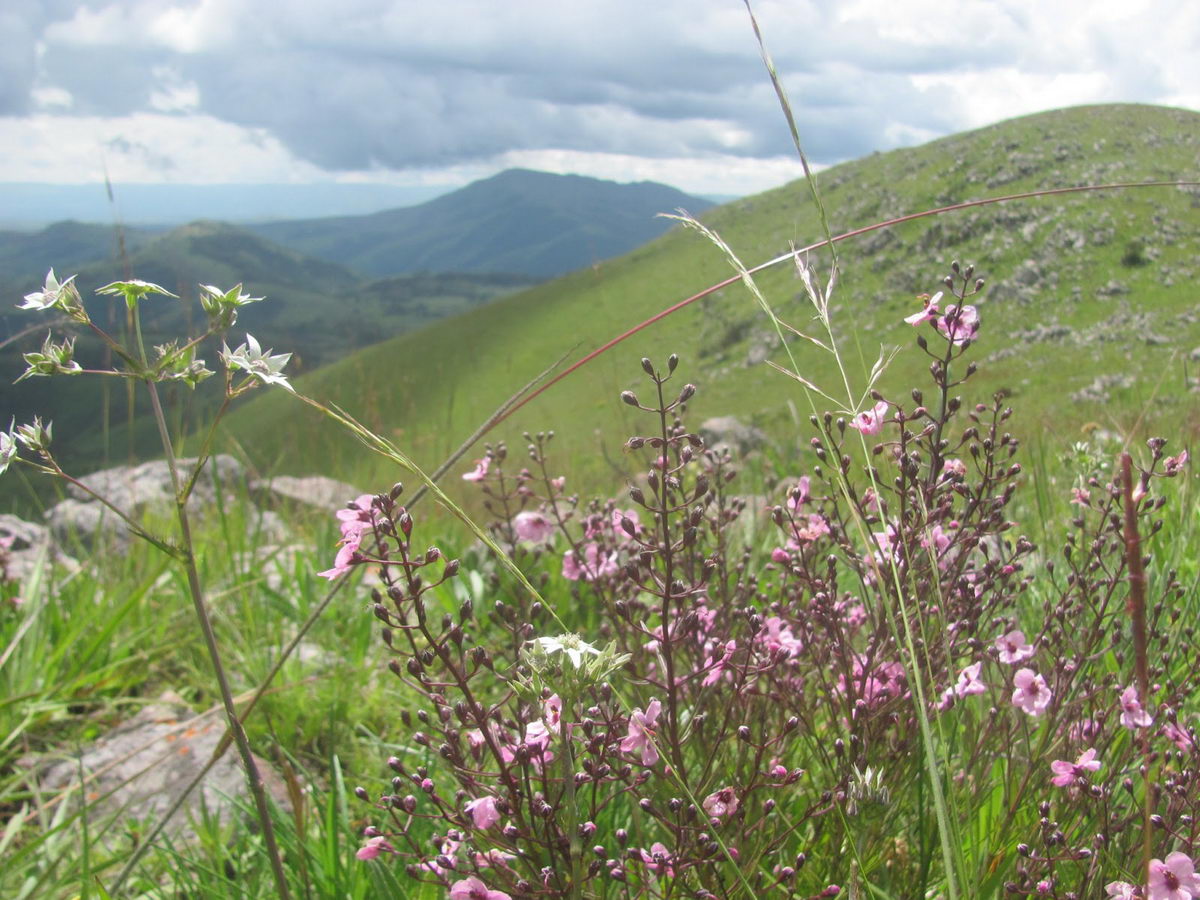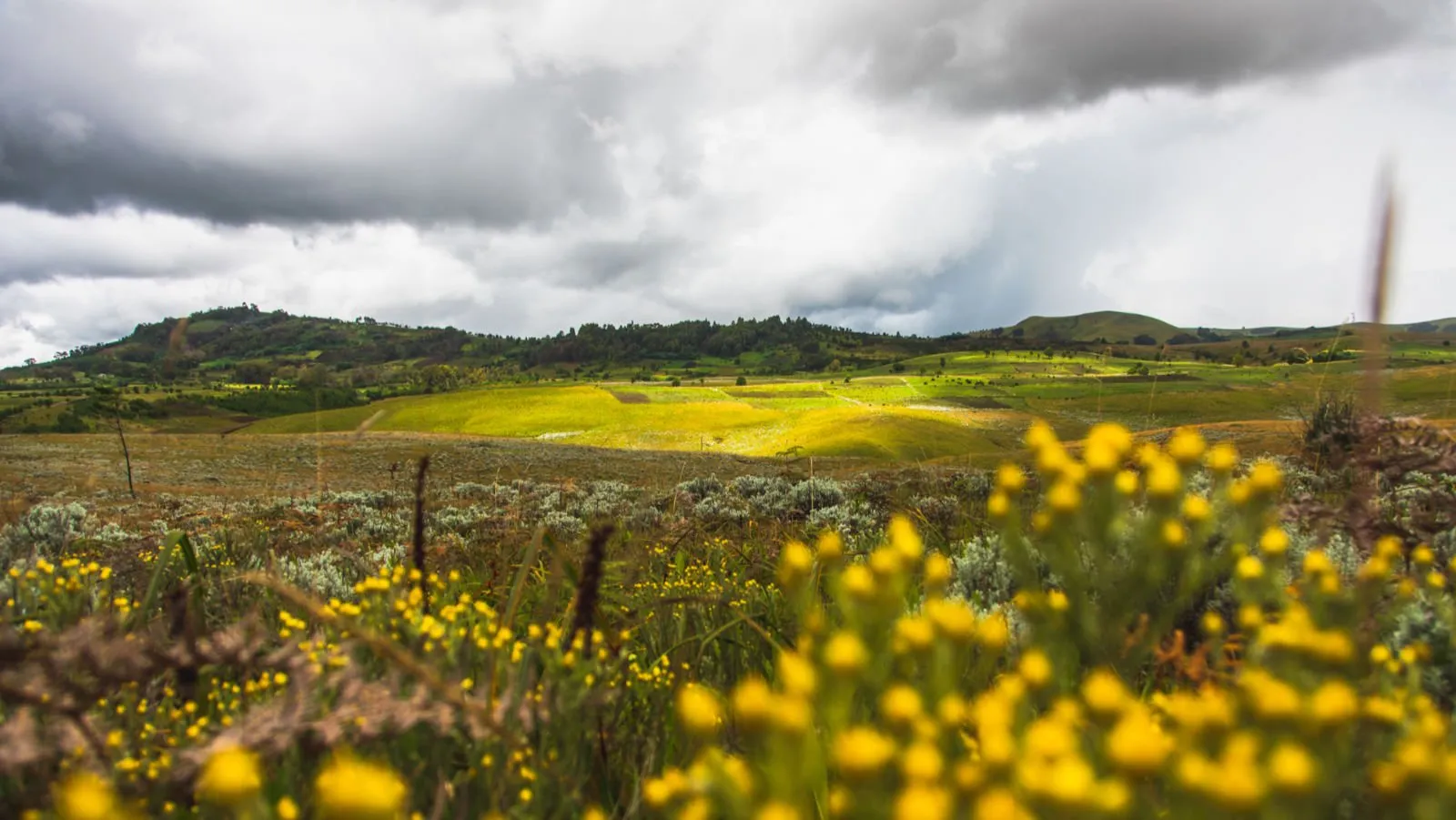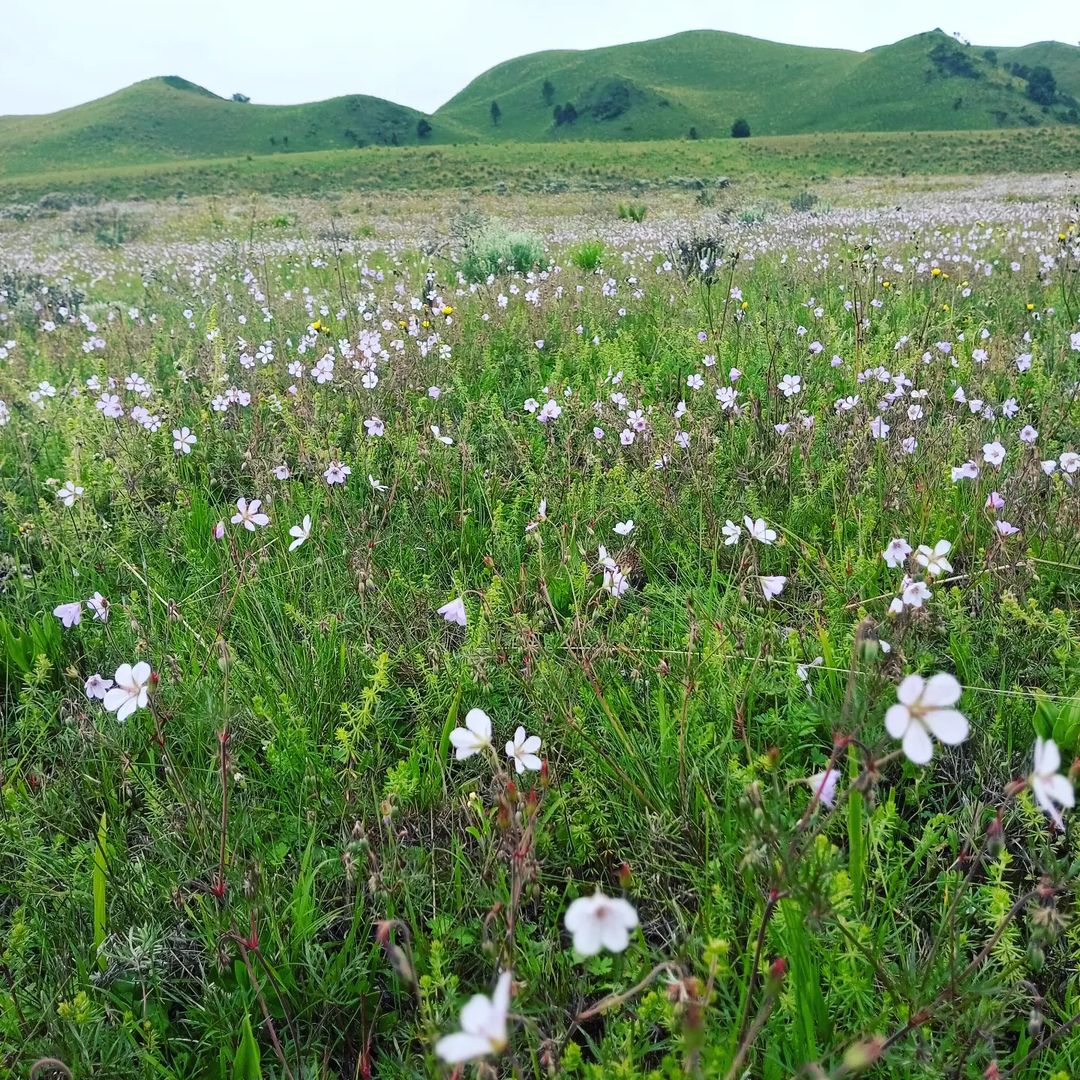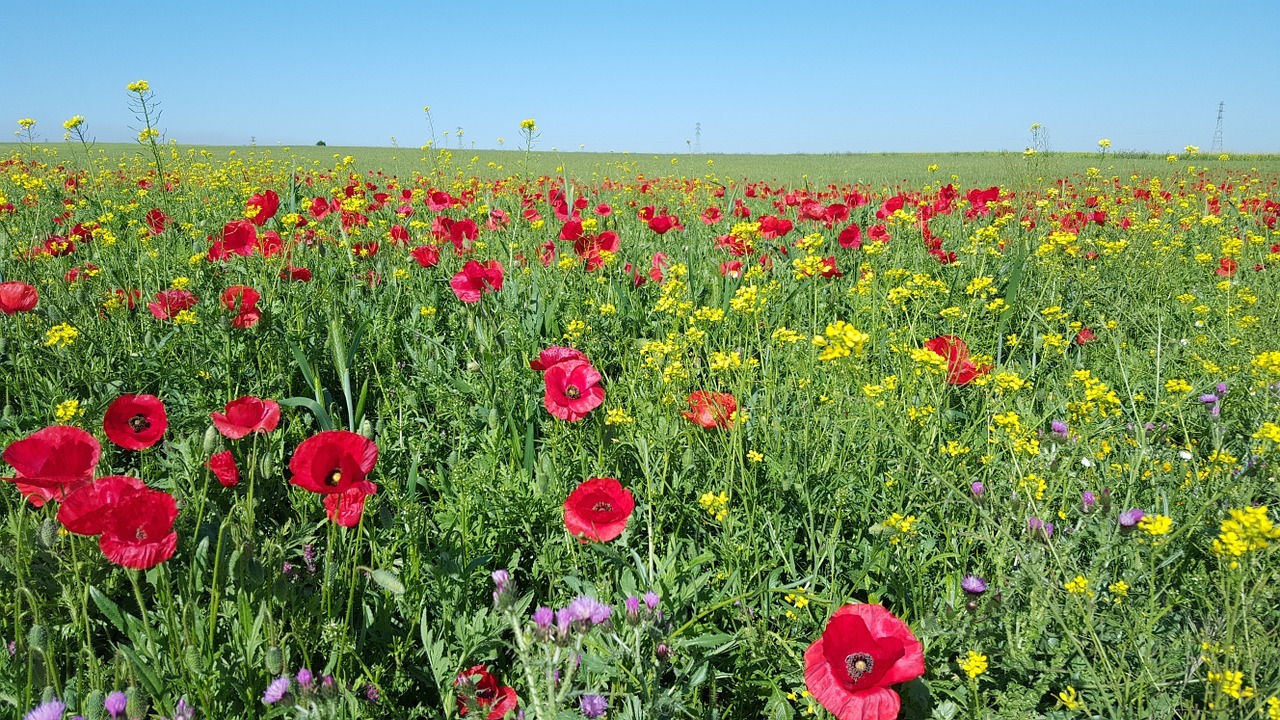Kitulo National Park
Kitulo national park

Kitulo National Park is located in the southern highlands of Tanzania, renowned for its unique montane grasslands and spectacular displays of wildflowers. Often referred to as the “Serengeti of Flowers,” Kitulo is notable for its rich biodiversity, particularly its diverse and colorful orchid species.

Overview of Kitulo National Park:

Kitulo National Park is celebrated for its unique montane grasslands and stunning floral displays. The park’s rich biodiversity, including rare orchids, a variety of mammals, and diverse bird species, makes it a remarkable destination for nature enthusiasts and botanists. Its high-altitude landscapes and seasonal floral blooms offer a distinctive and picturesque environment, contributing to Tanzania’s rich natural heritage.
Terrain and Vegetation:
- Grasslands: Dominated by vast montane grasslands that are home to numerous plant species.
- Forests: The park also includes patches of forest and woodland.
- Mountainous Regions: Includes elevations ranging from 2,600 meters (8,530 feet) to 2,700 meters (8,860 feet) above sea level.
- Wetlands and Rivers: Features several rivers and wetlands that add to the park’s diversity of habitats.
Flora:
- Orchids: The park is famous for its numerous species of orchids, including the impressive and rare Giant Orchid (Disa Kitulo).
- Wildflowers: Home to a variety of wildflowers, particularly during the wet season when the park’s grasslands are in full bloom.
- Grass Species: Includes a range of grasses adapted to the montane environment.
- Medicinal Plants: Various plants with traditional uses.
How long to stay?
At least 2 days, but some guests would say even a week is not enough.
Facts about Kitulo National Park
- Established: 2005
- Size: Approximately 412 square kilometers (159 square miles)
- Location: Southern highlands of Tanzania, near the Mbeya region
- Climate: Temperate climate with cool temperatures throughout the year; rainfall occurs mainly from November to April.
- Accessibility: Accessible by road from Mbeya, with the journey taking several hours.
Flora and Fauna available
Flora:
- Orchids (including Giant Orchid – Disa Kitulo)
- Wildflowers
- Various Grass Species
- Medicinal Plants
Fauna:
Mammals:
- Elephants
- Buffaloes
- Zebras
- Giraffes
- Warthogs
- Kipunji (Rungwecebus kipunji)
Birds:
- African Marsh Harrier
- Hooded Vulture
- Banded Prinia
- Yellow-throated Longclaw
- Montane Bird Species
Reptiles:
- Various Lizards
Insects:
- Butterflies
- Beetles and Other Insects
